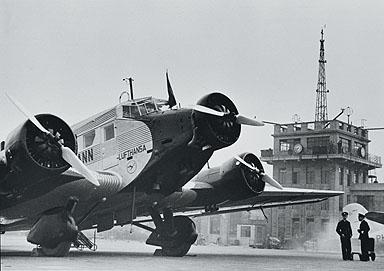No sooner is one conference over than another one looms. The one which is over is the Australian Historical Association annual conference for 2014, which was held last week at the beautiful St Lucia campus of the University of Queensland. I spoke on the topic of invasion, Zeppelin and spy scares in Britain during the First World War. I was glad that I could speak, because I had an unfortunate throat infection that at times took away my voice entirely (and my poor students are still having to deal with the aftereffects). But I got through it, and the audience, if small, seemed appreciative. I had planned to use the talk to push the planning for my forthcoming research trip to the UK, but in the event teaching meant that I didn’t have time to do any substantial new research. Instead, I expanded upon my recent n-map post, looking at how to use the British Newspaper Archive to map geographical variations in word use (and in my case, I’m arguing, suggesting where in Britain spy, invasion and Zeppelin fears were most common). That wasn’t such a bad thing, and since historians, unlike scientists, are rarely explicit about how they do what they do, it may even be worth writing up as a methodological article, with the wartime fears as a case study. Otherwise, the AHA was good for what AHAs are usually good for — catching up with friends and making new ones, and sometimes even learning some new history. I won’t try to summarise the conference, particularly since I was too sick/lazy to livetweet it, but see Marion Diamond’s post at Historians are Past Caring, as well as the indefatigable Yvonne Perkins’ series at Stumbling Through the Past, here, here, here, here, and here.
The conference which is looming, Regional Australia at War, is just under a month away, 14-15 August 2014. Fortunately it is much closer to home; in fact it will be at my own institution, the University of New England, and is being organised by my Humanities colleague Nathan Wise. I’m giving a paper on the topic of ‘The Australian mystery aeroplane scare of 1918’, which actually fits in perfectly with the theme of ‘regional Australia at war’, since it was primarily a regional and rural phenomenon. The abstract is as follows:
Between March and June 1918, Australian newspapers, police forces and military intelligence units were deluged with hundreds of reports of mysterious aeroplanes. They were seen in every state, mostly at night, by men and women, young and old, civilians and soldiers. The vast majority of reports came from regional areas. As there were only a tiny number of aircraft known to be operating in Australia, the sightings were presumed to be German aircraft, perhaps flown from unknown merchant raiders operating in Australian waters or by foreign spies working against Australia. The reports were taken seriously, but investigations by the authorities eventually found nothing to substantiate them. The mystery aeroplanes were phantoms.
Australia had been at war for more than three years. But it was a nation both divided and defenceless. It had gone through two bitterly-fought conscription referenda, and appeared to be threatened from within by immigrants, the Irish and the Wobblies. The vast majority of its military forces were deployed overseas, with little more than poorly-equipped training cadres remaining at home. In March 1918, newspapers carried reports that the German merchant cruiser Wolf, which had been raiding Australian waters the previous year, had flown its seaplane over Sydney unopposed and undetected. A few days later, Germany’s Spring Offensive opened, nearly breaking the Allied lines for the first time since 1914. The mystery aeroplanes resulted from a new perception that Australia was directly threatened and that the war could be lost.
This is pretty much the same abstract I used for the AHA in 2012 and at Singapore earlier this year. I actually plan to give a slightly different different talk, focusing on following the chain of rumour from the initial aeroplane sightings to (ultimately) the military and naval intelligence archives. But as my experience with the AHA this year shows, that may be somewhat ambitious! I’ll even have to give my paper in between lectures and tutorials, since I’ll be teaching that day, which unfortunately also means that I’ll miss many interesting papers. I was particularly keen to hear Jennifer Sloggett, who I met at the AHA and is doing her PhD at Newcastle on the topic of Australian military and civil defence planning before and during the Second World War, especially since her paper “Girt” and “boundless”: the war roles of the coast and hinterland in NSW in WWII’ would seem to have interesting conceptual parallels with my aforementioned project on invasion, spy and Zeppelin scares. Well, there’s always the next AHA.
![]() This work is licensed under a Creative Commons Attribution-NonCommercial-NoDerivatives 4.0 International License.
Permissions beyond the scope of this license may be available at http://airminded.org/copyright/.
This work is licensed under a Creative Commons Attribution-NonCommercial-NoDerivatives 4.0 International License.
Permissions beyond the scope of this license may be available at http://airminded.org/copyright/.




